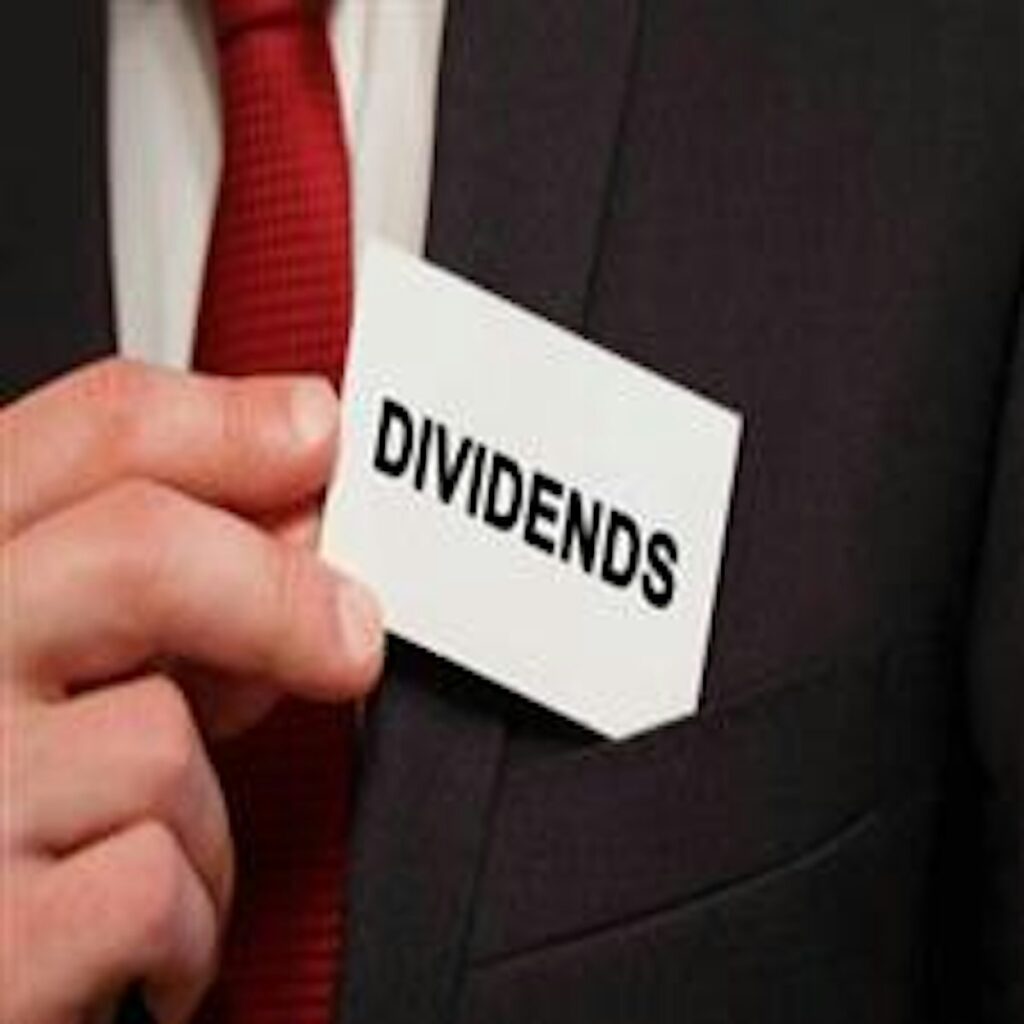A dividend equalization fund is a mutual fund that invests in stocks that pay regular dividends. This type of fund aims to provide investors with a consistent stream of income by investing in companies that have a history of paying dividends. The fund manager seeks to maintain a steady dividend payout to investors, regardless of fluctuations in the dividend payments of the individual companies in the fund’s portfolio.

What Is an Equalizing Dividend?
Equalizing dividends are one-time payments made to eligible shareholders when a company changes its dividend schedule. They are meant to compensate investors for any lost income from the missed dividend payments that would have been received using the previous payment schedule.
How Equalizing Dividends Work
Equalizing dividends are certain agreements for funds made to ensure that the level of income attributable to each share is not affected during a distribution or accumulation period.
Adjustments to the dividend schedule are usually made by executives at the company or the board of directors. Firms may want to move the payment of dividends back or forward by a few weeks or months to accommodate extenuating circumstances that could arise, such as a shortage of cash on hand due to unforeseen events. In such cases, the firm may compensate shareholders with an equalizing dividend payment to offset the effect of the new schedule.
Equalizing dividends are paid to shareholders to adjust for any dividend income thus lost from the change. By and large, equalizing dividends take place mainly in the United Kingdom and parts of Europe rather than in the United States.
For background, funds pay out income on or after the ex-dividend date, at which point income is removed from the fund’s net asset value (NAV) and paid to shareholders on a per-share basis. Investors who buy shares in the fund after the last ex-dividend date usually have not held the stock for a full income-generating period.
This means newly purchased shares will be grouped separately from those acquired earlier. They are still entitled to the same payment per share as any other owner of the fund, but part of the payment is treated as a return of capital, otherwise known as an equalizing dividend or payment. It makes the per-share amount paid to both groups whole. When that occurs both groups will be treated equally for future dividend payments.
FAQs
What is a Dividend Equalisation Fund?
A Dividend Equalisation Fund is a reserve fund set up by a company to maintain consistent dividend payouts to its shareholders, even during periods of fluctuating profits. This helps provide a stable income stream for investors.
Why do companies create Dividend Equalisation Funds?
Companies create these funds to ensure they can meet their dividend commitments to shareholders, even in years when profits are lower than expected. It helps maintain investor confidence and can make the company’s shares more attractive.